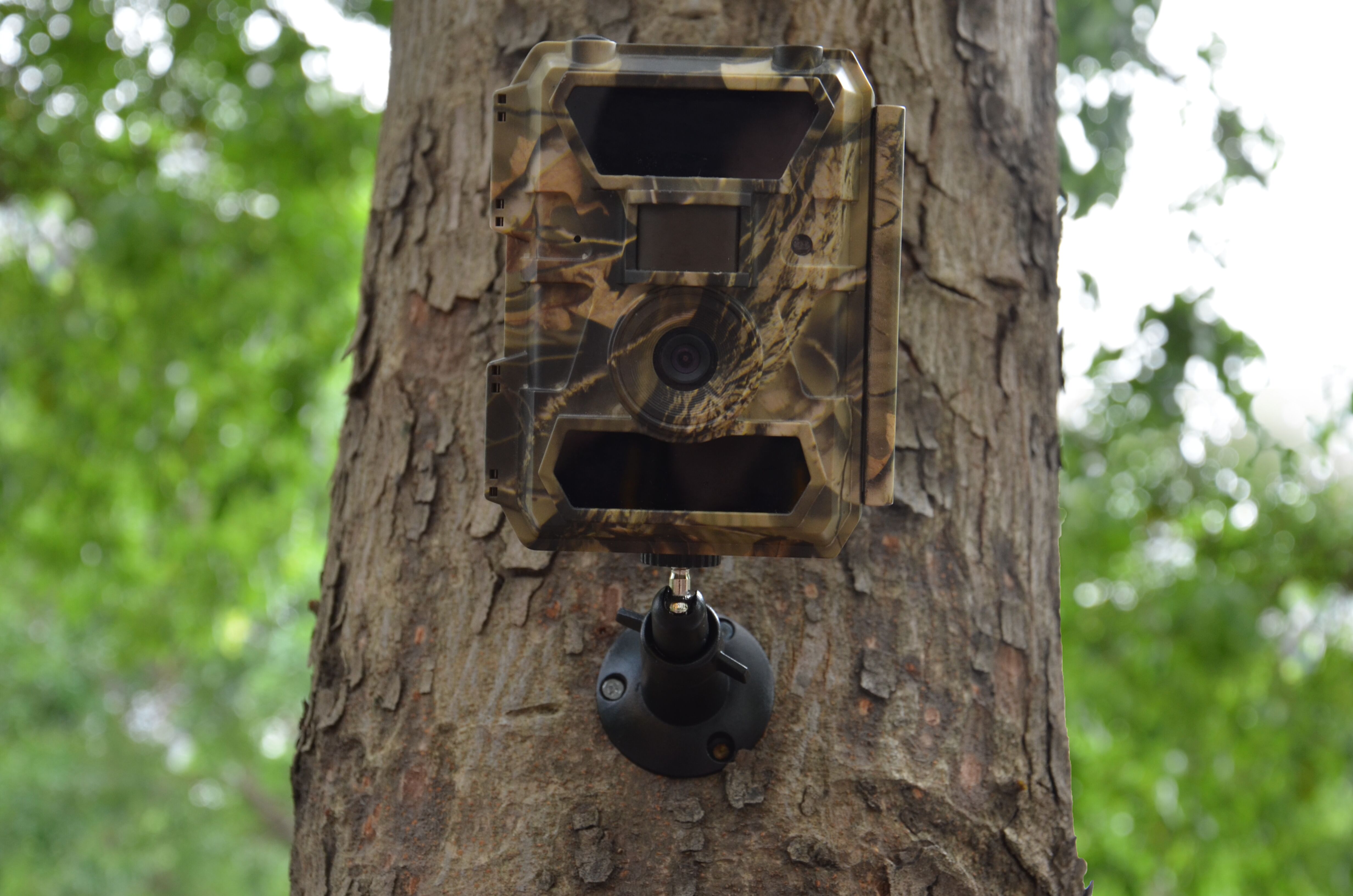
Calling all wildlife enthusiasts, want to see more of the natural world? Then consider installing a trail camera in your nearest natural environment.
Sure, you’d love to see wild animals first-hand but unfortunately that’s usually not possible. The animals are there, but as soon as you set foot in their natural habitat, they more often than not flee way out of sight.
Really, the only option then is to use a camera that inconspicuously captures photos of your favorite animals in their natural state, which you can then retrieve and enjoy looking through. There’s a kind of camera designed precisely for this purpose, using infrared technology to take photos or video of animals as they go past, called a ‘trail camera’.
If you’d like to know more about trail cameras, please visit our
product page and pop over to our
Facebook page, where we’re happy to answer any questions you may have.
Animal behavior
You might have a specific animal in mind that you’d like your trail camera to take photos of. But what about the kind of behaviour might you get to see?
We’re going to take a look at some of the most popular animals in the US and what kind of amazing behavior they display that you just might capture on your trail cam. So let’s begin…
1. Fox photos – gray fox
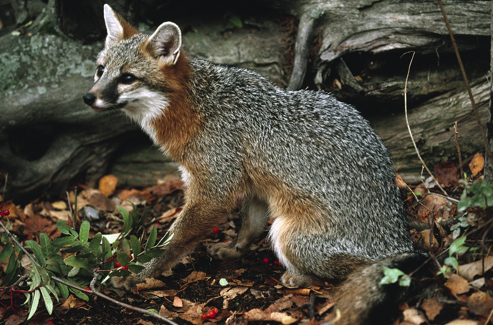 Where to find them:
Where to find them:
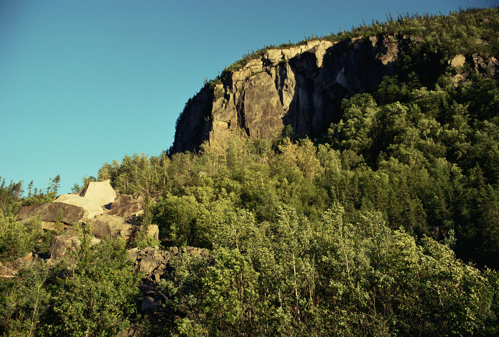
The reverse of the situation between red squirrels and gray squirrels in the UK, gray foxes used to be the dominant fox species in North America, but have been edged out of most US states by their larger red rival. However, you can still find them as the dominant fox species, however, in the Pacific States of the US.
To catch them on your trail camera, mount it inrocky, wooded, brush-covered areas.
Fox behavior
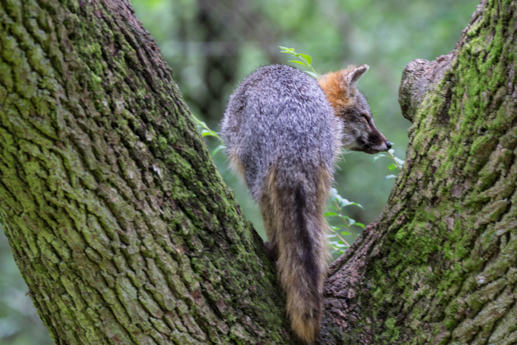
Because of their smaller size and strong, hooked claws, gray foxes are the only species of fox able to climb trees. So, try hooking up your trail camera so that it’s pointing up a tree and you may get to glimpse this remarkable sight.
2. Wolf photos
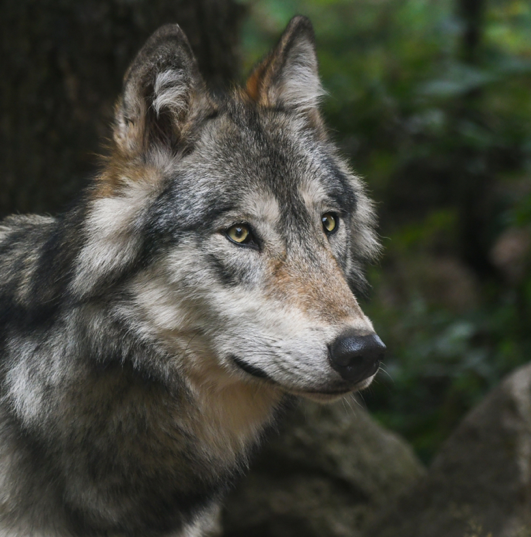 Where to find them:
Where to find them:
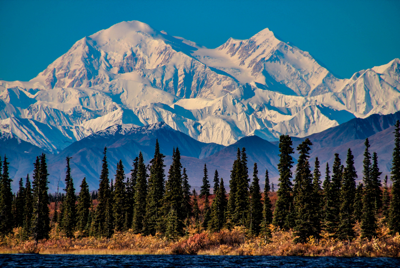
Now mostly confined to Alaska and Canada, you can still find populations in the northern states of the US, for example Minnesota and Michigan.
There’s no coincidence that they became closely connected to human populations as they’re almost as adaptable to different habitats as we are. You can find them in tundra, mountain areas, woodlands, forests, grasslands and deserts.
Wolf behavior
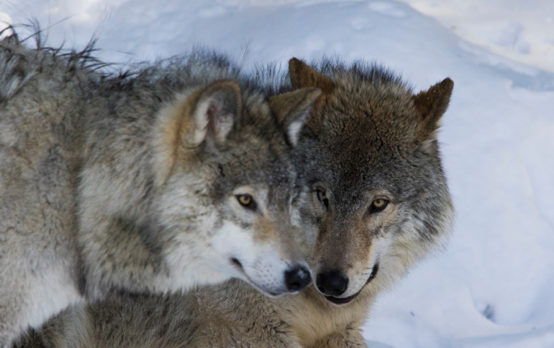
As we all know, wolves live together in a pack. What you might not know is that wolves that form a breeding pair will usually stay together their whole lives. Not only that, the pair will often adopt the orphaned pups of other wolves. Fingers crossed you can capture this display of wonderful family values on your trail cam.
3. Bear photos – brown bear
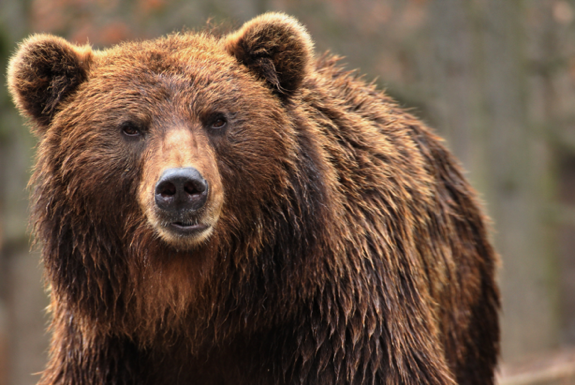 Where to find them:
Where to find them:
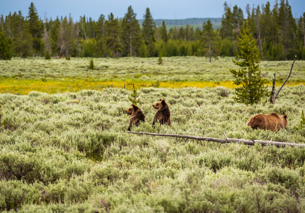
Like wolves, brown bears, or grizzlies as they’re often named, are now mostly found in Canada and Alaska, although there are small populations around the Rockies and Yellowstone.
They prefer regions that can be described as semi-open, prairie land with lots of vegetation, that provide free movement and observation but also places they can safely bed down for a nice nap.
Bear behavior
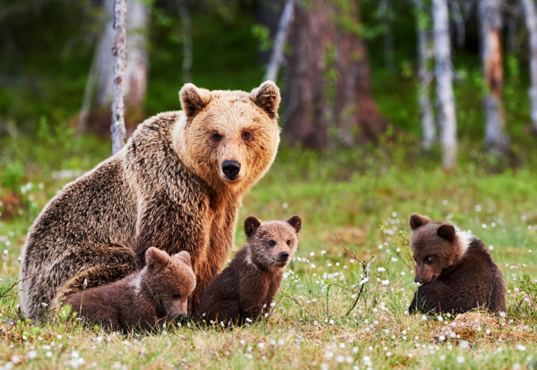
For solitary animals, female brown bears have an extremely strong bond with their cubs. Their cubs will stay with their mother sometimes for up to 4 years and she will protect them against threats from males, even to the point of losing her life. There can’t be many images captured on a trail camera more magical than a mother bear with her cubs.
4. Coyote photos
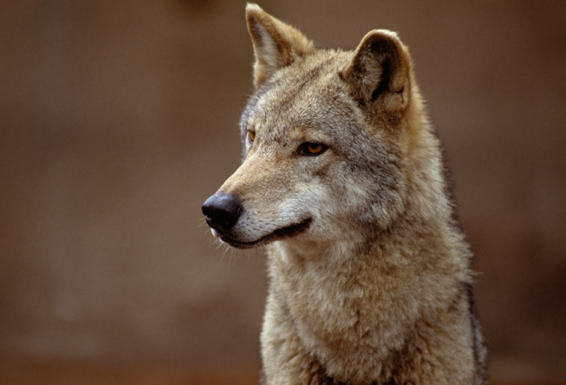 Where to find them:
Where to find them:
The coyote inhabits pretty much every part of North America and their numbers across the States is only increasing.
Preferring open land over forests, it may be difficult to hook up a trail camera in their natural habitat. However, as their numbers increase, they’re also moving into forested areas so there’s a good chance you will catch a glimpse of them by mounting your camera in forest areas bordering on prairie lands.
Coyote behavior
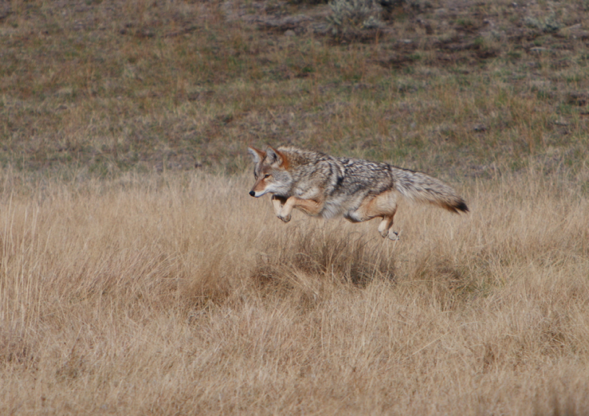
One of the wild’s great acrobats, coyotes can easily clear 4-meter long jumps and have no problem bounding over an 8-foot fence. So, you might want to have your trail camera tilted upwards quite a bit, otherwise they might jump clear above your camera’s sights.
5. Bobcat photos
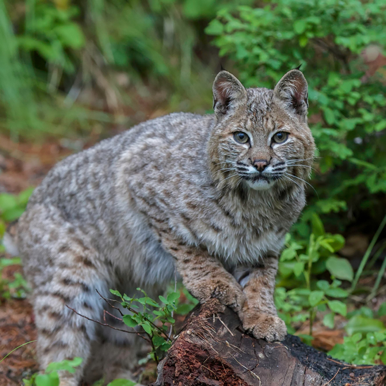 Where to find them:
Where to find them:
Go to any State other than Delaware and you’ve got a chance of spotting them.
Another adaptive specialist, these guys can live pretty much anywhere there is sufficient prey, whether wild or domesticated. They prefer lower areas, though have been known to inhabit high areas too.
Bobcat behavior
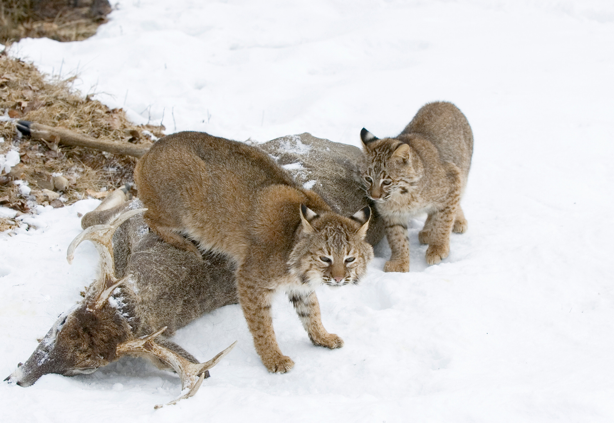
Despite being around just twice the size of domesticated cats, bobcats are capable of successfully preying on much larger species than themselves, including white-tailed deer, up to 8 times the size of the furry feline. Capturing this kind of sight on your trail camera is sure to blow your mind at the wonders of the natural world.
That’s all for now. If you’re after a trail camera for wildlife observation, you’re going to want the clearest, highest resolution photos possible. Check out the
WingHome 350C trail camera. With its 22MP photo resolution, you can be sure to capture high-quality photos to look through and enjoy for years to come.
Please visit our
Facebook page and follow us for all the latest nature and trail camera information.
As ever, happy trails from the WingHome team!













